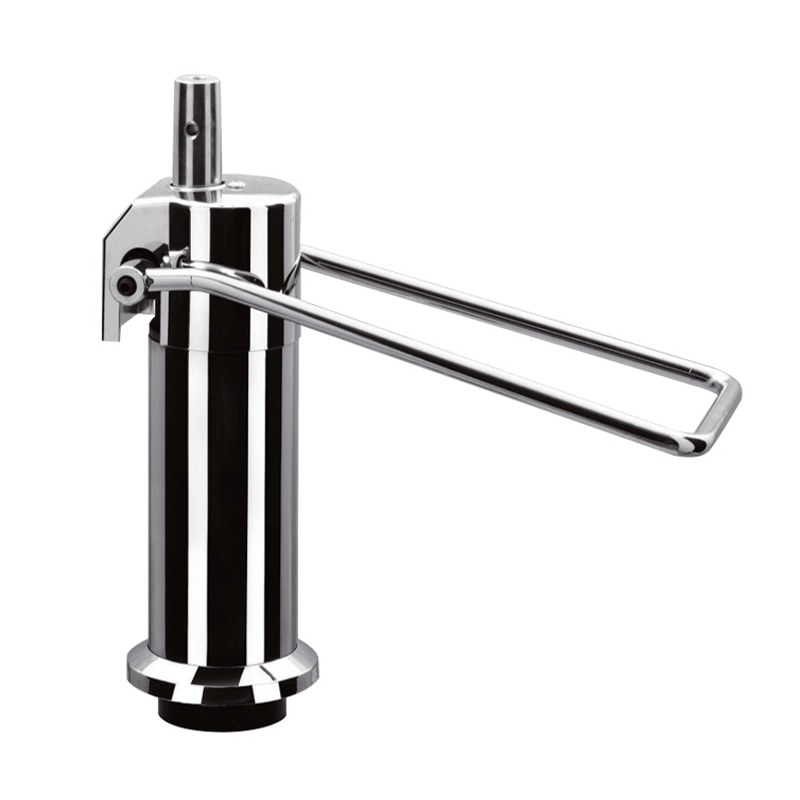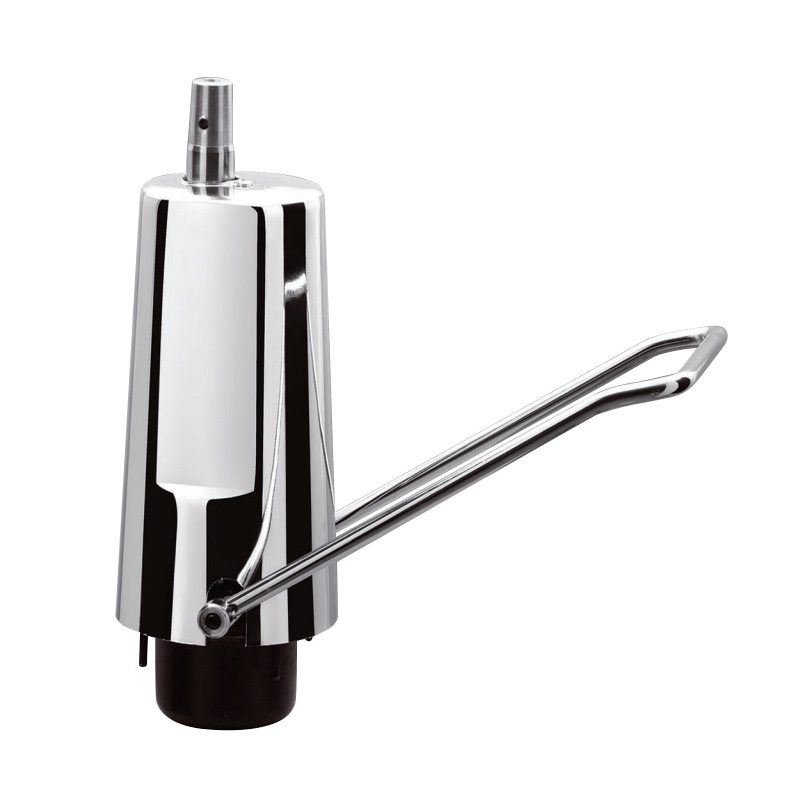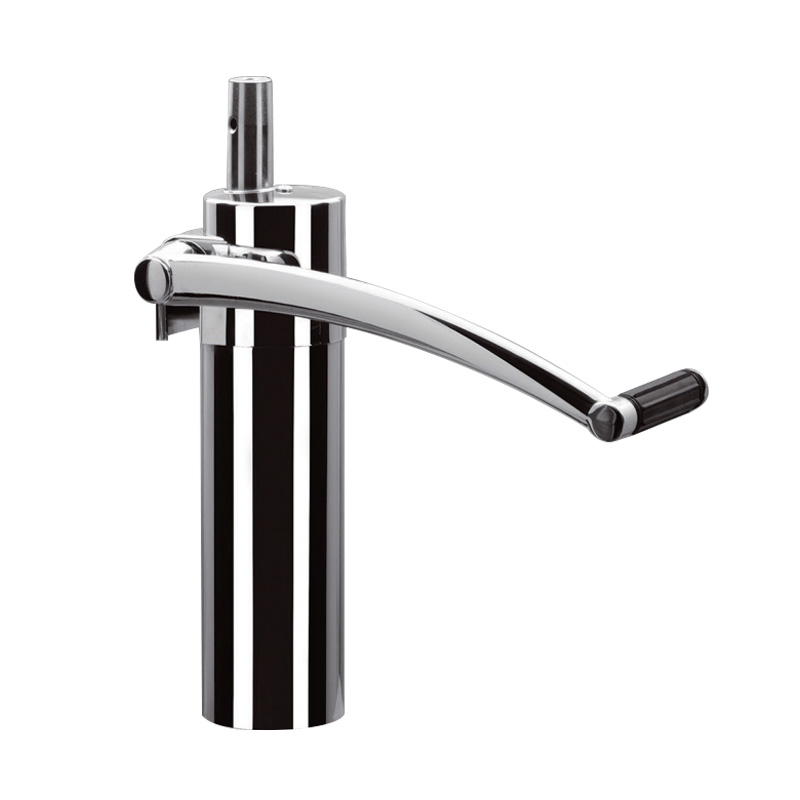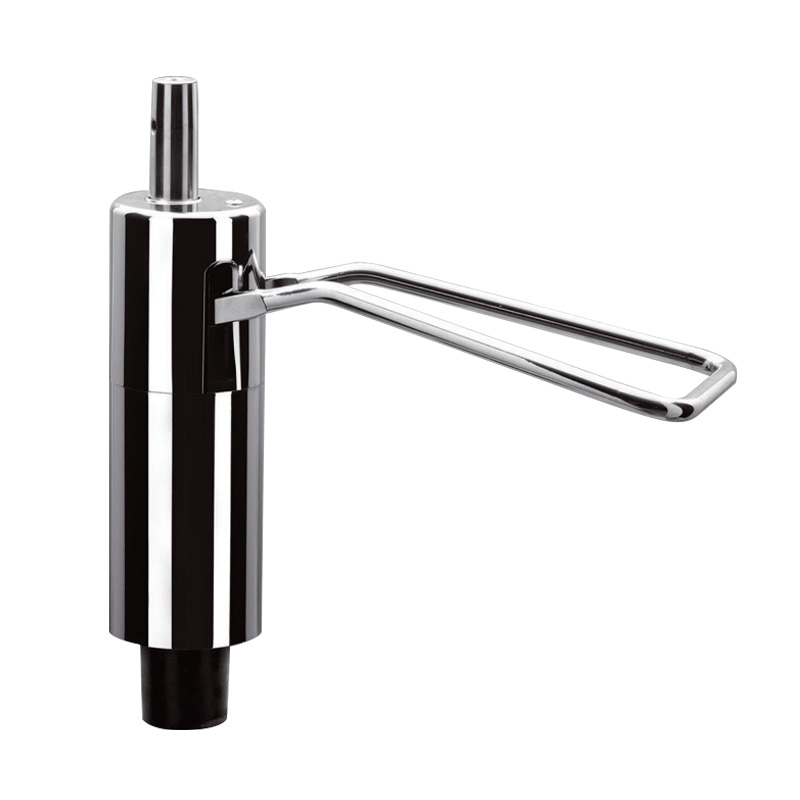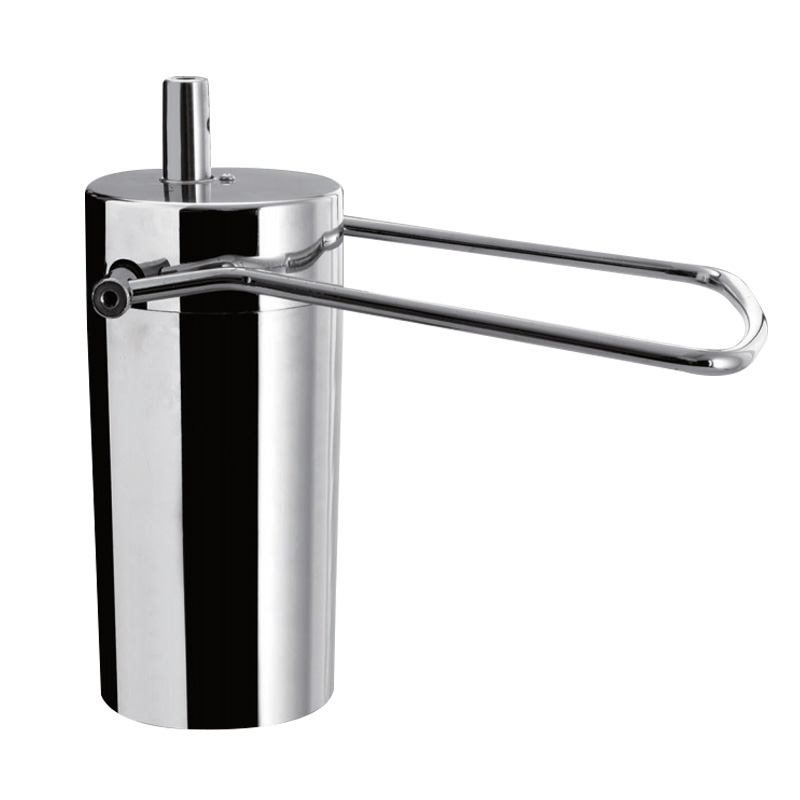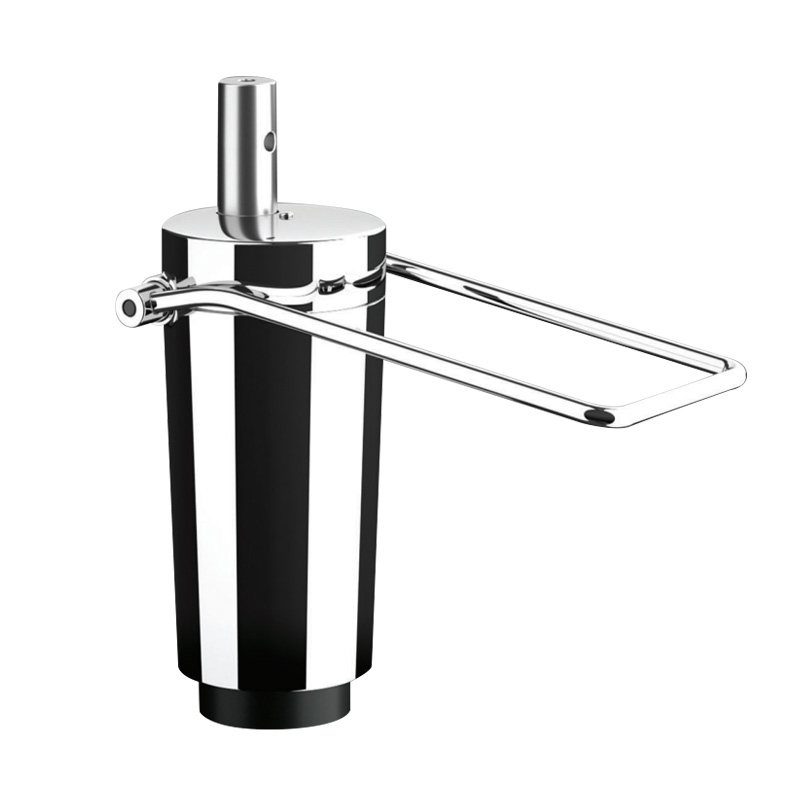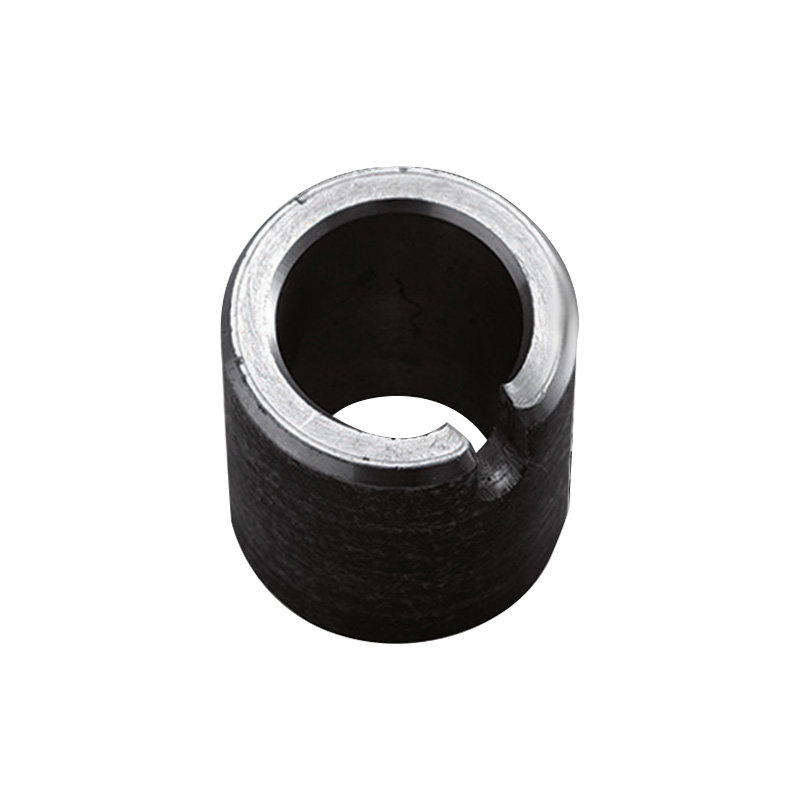The barber chair hydraulic base is a vital component in any barbershop. It ensures smooth height adjustment, stability, and comfort for both clients and barbers. However, over time, even high-quality hydraulic bases can wear down, affecting performance and safety. Understanding how often a barber chair hydraulic base should be replaced involves evaluating factors such as material quality, frequency of use, maintenance habits, and signs of damage. Regular assessment can prevent accidents, maintain client comfort, and ensure a professional working environment.
1. Material Quality and Construction
Durable materials: High-quality metals and finishes extend the lifespan of the hydraulic base.
Precision engineering: Well-built pumps and cylinders reduce the risk of leaks or malfunctions.
Initial investment: Strong construction may cost more upfront but reduces the need for frequent replacement.
Expanding on these points, the material and construction of a barber chair hydraulic base significantly influence its durability. Bases made from stainless steel or reinforced alloys tend to resist rust and corrosion, even in humid or high-traffic environments. Similarly, precision-engineered cylinders ensure consistent hydraulic pressure, preventing sudden drops or jerky movements. Investing in a robust hydraulic base initially can save barbershop owners from frequent replacements and unexpected repair costs, providing both reliability and peace of mind.
2. Frequency and Intensity of Use
High-traffic shops: Chairs used constantly throughout the day experience more wear and tear.
Daily adjustments: Frequent height changes increase stress on the hydraulic mechanism.
Client weight variations: Supporting heavier clients regularly may shorten the hydraulic base's lifespan.
Expanding on these points, a barber chair hydraulic base in a busy shop will naturally require more frequent evaluation than one in a low-traffic salon. Constant adjustments, combined with the weight of diverse clients, place extra strain on the hydraulic cylinder and seals. Owners should monitor performance regularly, checking for slower responses or difficulty maintaining the desired height. If a chair struggles under normal use, it may indicate the need for replacement sooner than expected, even if the base appears visually intact.
3. Maintenance and Care Practices
Regular cleaning: Prevents dirt and debris from damaging moving parts.
Lubrication: Ensures smooth operation of hydraulic components.
Routine inspections: Detect early signs of leaks, cracks, or unstable movement.
Expanding on these points, proper maintenance can significantly extend the life of a barber chair hydraulic base. Cleaning the base to remove hair clippings and dust prevents buildup that can interfere with smooth operation. Lubricating moving parts according to the manufacturer's recommendations helps avoid unnecessary strain on the hydraulic system. Additionally, routine inspections allow barbers to identify minor issues, such as small leaks or loose screws, before they develop into major problems that would require immediate replacement.
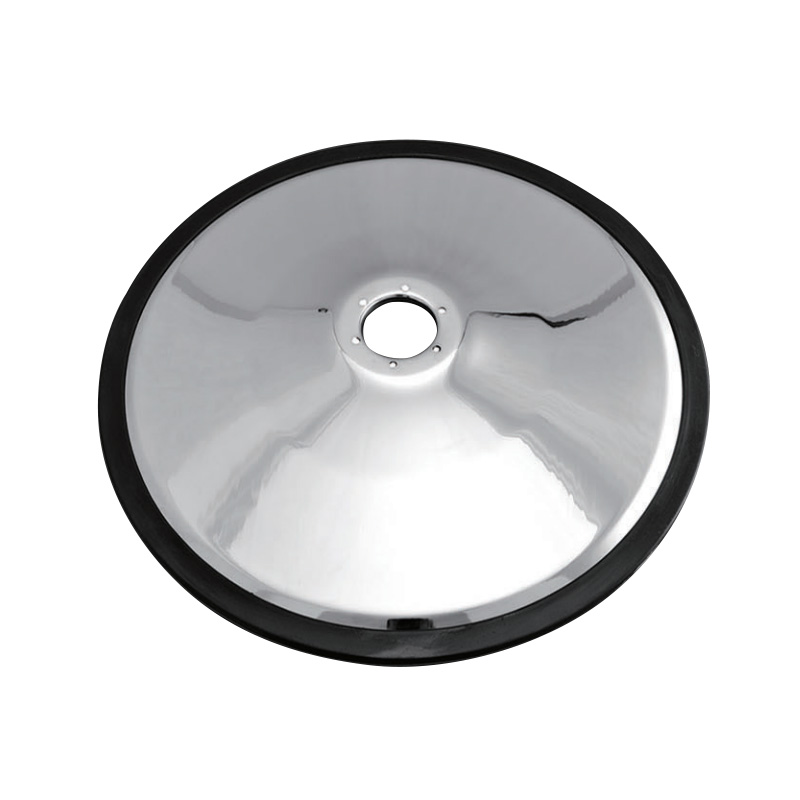
4. Signs It's Time for Replacement
Hydraulic failure: Chair does not hold height or sinks unexpectedly.
Unstable base: Wobbles or tilts, compromising client safety.
Visible damage: Rust, cracks, or worn components affecting performance.
Expanding on these points, recognizing the signs that a barber chair hydraulic base needs replacement is critical for safety and efficiency. Hydraulic failure is one of the clearest indicators that the base can no longer function reliably. An unstable base not only affects comfort but also poses a risk of injury. Visible damage, including rust, cracks, or worn parts, can also compromise the chair's integrity. When any of these signs appear, it is advisable to replace the hydraulic base promptly to maintain professional standards and client confidence.


 En
En  Português
Português عربى
عربى

